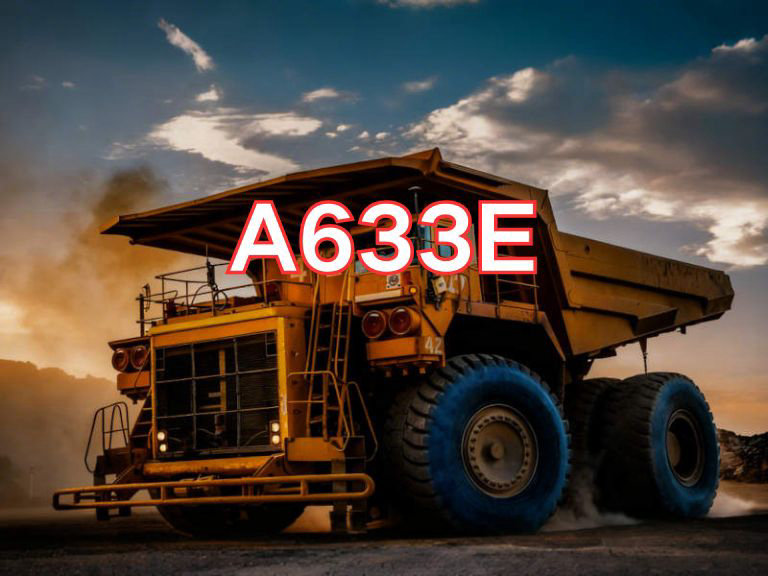

A633E
A633E is a high-strength low-alloy structural steel plate, named according to the standard system of the American Society for Testing and Materials (ASTM). In this designation, "A" indicates ferrous materials, "633" refers to the standard number ASTM A633, and "E" denotes a specific grade—Grade E. Within the A633 series, Grade E is one of the highest-performance grades, with particular emphasis on toughness and structural reliability under low-temperature conditions.
The most notable characteristic of A633E steel plate is its excellent low-temperature impact toughness. Compared to other grades in the series, A633E requires Charpy V-notch impact testing at an extremely low temperature of -60°C, with specified minimum absorbed energy values. This makes it ideally suited for engineering structures operating in arctic or extreme climatic environments. Its minimum yield strength is typically no less than 345 MPa, with moderate tensile strength and good ductility. The steel achieves enhanced strength and toughness through microalloying elements such as niobium and vanadium, combined with normalized or thermomechanically controlled processing (TMCP), which refines grain structure and improves property balance. Additionally, its low carbon equivalent ensures good weldability and reduced susceptibility to welding cracks, making it suitable for fabricating high-strength welded structures.
A633E is primarily used in applications with stringent safety and durability requirements, including offshore platforms in Arctic or high-latitude regions, liquefied natural gas (LNG) storage and transport equipment, cryogenic pressure vessels, heavy-duty vehicles for polar operations, bridges in severe cold climates, and large wind turbine towers. In these applications, materials must maintain sufficient toughness and resistance to brittle fracture at low temperatures, and A633E is specifically engineered to meet these demanding service conditions.
The current governing standard for A633E steel plate is ASTM A633/A633M-23, where "A" refers to inch-pound units and "M" to metric units, with "-23" indicating the 2023 edition—the latest version. This specification clearly defines chemical composition limits, mechanical properties, heat treatment requirements (mandatory normalization or equivalent), impact testing criteria, and sampling orientation. It should be noted that while ASTM A633/A633M-23 is widely accepted internationally, when used in domestic projects—particularly in China—compliance with national standards (e.g., GB/T 1591-2018) may also be required, along with material equivalency assessments or additional certifications to meet local regulatory requirements.

Ultrasonic Testing (UT)
A key non-destructive testing technique that uses high-frequency sound waves to detect internal flaws in steel plates. The probe emits sound waves, which reflect when encountering defects such as cracks or inclusions. The receiver captures the echoes, enabling precise determination of defect location and size. With high sensitivity, strong penetration, and fast inspection speed, UT effectively ensures internal quality, widely used in the production of heavy plates, pressure vessel plates, and other high-end products to guarantee safety and reliability.

Magnetic Particle Testing (MT)
A common surface inspection method that magnetizes the workpiece, causing leakage magnetic fields at surface or near-surface defects like cracks or inclusions, which attract magnetic particles to form visible indications. Simple to operate and highly sensitive, MT is suitable for rapid inspection of surface and near-surface flaws in ferromagnetic materials, widely used for online or offline inspection of plate edges, ends, and welds, ensuring product quality and safety.

Penetrant Testing (PT)
A non-destructive method for detecting surface-breaking flaws. A penetrant liquid is applied to the cleaned steel surface, allowing it to seep into defects such as cracks or pores. After removing excess penetrant, a developer is applied, causing the trapped penetrant to bleed out and form visible indications. Simple and cost-effective, PT is suitable for inspecting surface defects in various non-porous materials, commonly used for welds, castings, and complex components, effectively ensuring surface quality of steel plates.












